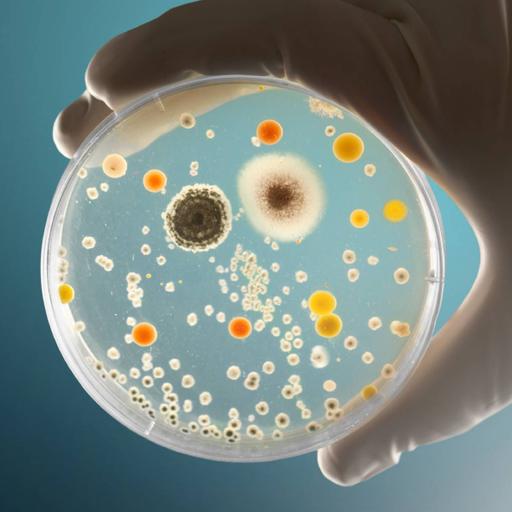Microorganisms
Presentations | English
Do you know what a microorganism is? An organism that can be seen only through a microscope. Microorganisms include bacteria, protozoa, algae, and fungi. Although viruses are not considered living organisms, they are sometimes classified as microorganisms. Microbial diversity is truly staggering, yet all these microbes can be grouped into five major types: Viruses, Bacteria, Archaea, Fungi, and Protists. Let's look at each one in more detail. Most microbes are around 1 micrometer in size. Viruses are typically 1/10th that size. Animal cells are typically around 10 micrometers in size. The primary harmful effects of microbes upon our existence and civilization are that they are an important cause of disease in animals and crop plants, and they are agents of spoilage and decomposition of our foods, textiles, and dwellings. Although they are often associated with dirt and disease, most microbes are beneficial. For example, microbes keep nature clean by helping break down dead plants and animals into organic matter.

93.00
Lumens
PPTX (31 Slides)
Microorganisms
Presentations | English
